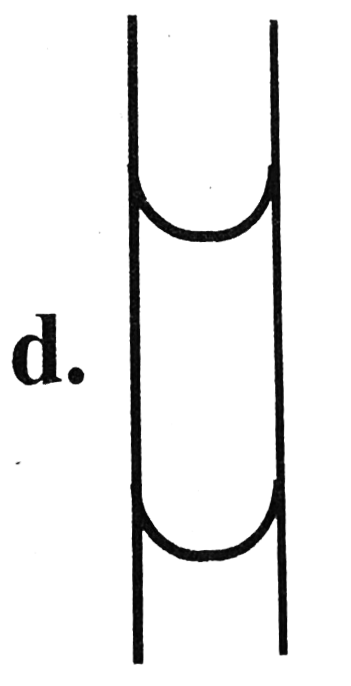A compound microscope forms an inverted image of an object. In which of the following cases it is likely to create difficulties? a. Looking at small germs. b.Looking at circular spots. c. Looking at a vertical tube containing some water.
Step by step video & image solution for A compound microscope forms an inverted image of an object. In which of the following cases it is likely to create difficulties? a. Looking at small germs. b.Looking at circular spots. c. Looking at a vertical tube containing some water. by Physics experts to help you in doubts & scoring excellent marks in Class 12 exams.
Updated on:21/07/2023Topper's Solved these Questions
- OPTICAL INSTRUMENTSBOOK - HC VERMACHAPTER - OPTICAL INSTRUMENTSEXERCISE - Objective 1
9 Videos
- OPTICAL INSTRUMENTSBOOK - HC VERMACHAPTER - OPTICAL INSTRUMENTSEXERCISE - Objective -1
2 Videos
- OPTICAL INSTRUMENTSBOOK - HC VERMACHAPTER - OPTICAL INSTRUMENTSEXERCISE - Worked Out Examples
10 Videos
- MAGNETIC PROPERTIES OF MATTERBOOK - HC VERMACHAPTER - MAGNETIC PROPERTIES OF MATTEREXERCISE - Exercises
9 Videos
- PERMANENT MAGNETSBOOK - HC VERMACHAPTER - PERMANENT MAGNETSEXERCISE - Exercises
25 Videos
Similar Questions
Look at the figure and answer the following questions.

The first image is formed in the focal plane of which lens?
View SolutionA large squre container with thin transparent vertical walls and filled with water ( refractive index 43) is kept on a horizontal table . A student holds a thin straight wire vertically inside the water 12cm from one of its corners, as shown schematically in the figure . Looking at the inside the water 12 cm from one of its corners, as shown schematically in the figure . Looking at the wire from this corner, another student sees two images of the wire , located symmetrically on each side of the line of sight as shown. THe separation (in cm) between these images is _______ .
View Solution
Knowledge Check
A spoon which looks bent is an example of which of the following?
A. Reflection
B. Refraction
C. Retention
D. FocusACBDCBDAA vertical glass capillary tube open at both ends contains some water .Which of the following shapes may be taken by the water in the tube ?
A B
B C
C D
D
A vertical glass capillary tube, open at both ends, contains some water. Which of the following shapes may not be taken by the water -in the tube?
A B
B C
C D
D
A region bounding water has air on two sides. Tell the nature (real or virtual) of the image for following cases- (The object is real and lies on the principal axis (see fig) in all cases.)
(a) The object is to the left of surface 1 and the image to be considered is formed after the first refraction.
(b) The object is to the left of surface 1 and the image to be considered is formed after two refractions.
(c) The object is to the right of second surface and the image to be considered is formed after one refraction.

View SolutionMatch the items given in A, B, C and D against. their corresponding description given in 1, 2, 3, 4 and 5.
A. Astronomical telescope
B. Galilean Telescope
C. Simple Microscope
D. Compound Microscope
1. contains one convex lens
2. contains one concave lens
3. contains a convex lens of large focal length in the objective and a convex lens of small focal length in the eye-piece
4. contains a convex lens of small focal length in the objective and a convex lens of large focal length in the eye-piece
5. contains a convex lens of large focal length in the objective and a concave lens of small focal length in the eye-piece

View SolutionWhich of the following statements are true in the context of a Compound Microscope ?
(a) Each lens produces a virtual and inverted image.
(b) The objective has a very short focal length.
(c) The eyepiece is used as a simple magnifying glass.
(d) The objective and eyepiece are convex and concave lenses respectively.
View SolutionIn case of a compound microscope which of the following
Statements is/are correct ?
1. The focal length of the eye piece is larger than the
focal length of the objective
2. The focal length of the eye piece is smaller than the focal length of the objective
3. The image produced in a normal optical microscope is
real
4. The image produced in a normal optical microscope is
virtual
Select the correct answer using the code given below:
View SolutionWhen we look at some object through our eyes then image formed on the retina is
View Solution
